Trade unions have welcomed Chancellor Rachel Reeves’ announcement that new laws will allow the government to prioritise British shipbuilding and steel in major procurement contracts.
Speaking at Labour’s annual conference in Liverpool, Reeves said the reforms would treat sectors such as steel and shipbuilding as critical national infrastructure, strengthening economic security and creating jobs.
Reeves told delegates: “We are putting Britain first, empowering us to prioritise British-built ships and British-forged steel. Strengthening our national economic security and creating manufacturing jobs here in Britain. Because where things are made, and who makes them, does matter.” She also pledged that new legislation would ensure “there must be a future, there will be a future, for steel forged here on British soil.”
The GMB Union called the plan “incredible news for the UK’s proud shipbuilding sector.” General Secretary Gary Smith said: “For generations, our fantastic yards have kept the country safe; from the ships that beat the Armada to those that sunk the Bismarck. This policy will reinvigorate the UK’s shipyards – and the communities built around them.”
Prospect also welcomed the reforms, describing them as a shift towards long-term planning.
General Secretary Mike Clancy said: “For too long our procurement system has been pointing in the wrong direction, fixated on headline cost and ignoring other factors such as supporting good quality jobs. Under the last government we saw important shipbuilding contracts go to foreign firms, while our own yards were desperate for work. A more strategic procurement process can promote long-term skills planning and lead to ambitious industrial partnerships.”
Both unions urged the government to implement the changes with high ambition to ensure that future contracts maximise the number of skilled, unionised jobs across the UK.


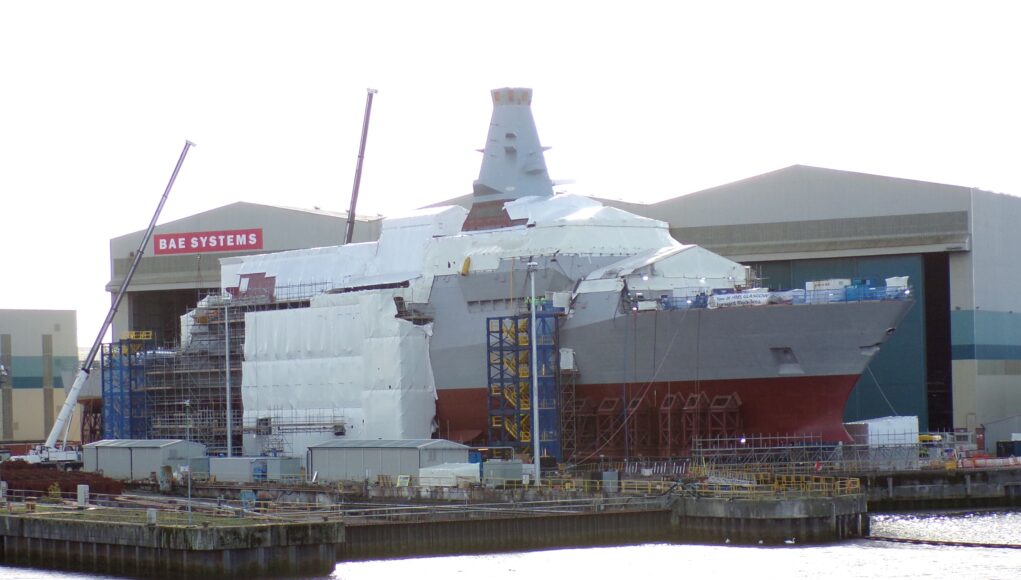
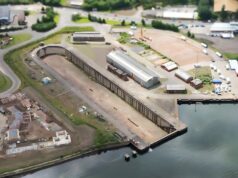
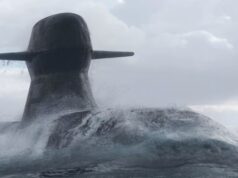
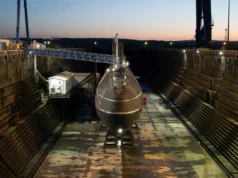
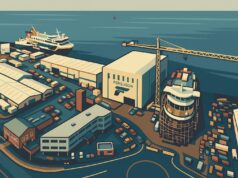
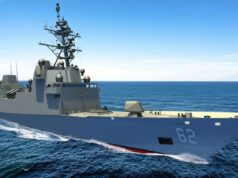
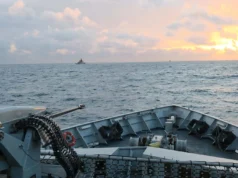

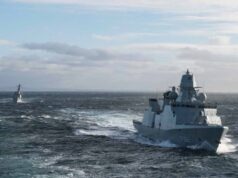
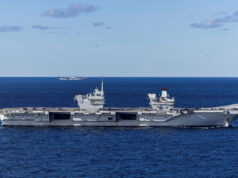
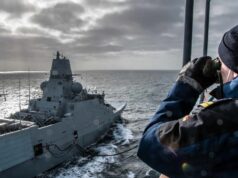

Ohh I’m so going to sound like a stuck record.. this is typical of this present goverment … gesture politics, what will protect and grow British ship building and steel is the MOD actuality ordering more ships , spending cash to buy ships that every assessment of the navy shows is needed 10-12-AAW destroyers, 10 ASW frigates, 10 GP frigates and about 10 patrol vessels.. it’s simple really provide the work and they will grow
I see them ordering 5 more T31 as it doesn’t cost that much and it grows the fleet.
Maybe as well the MRSS camel LOD/LOH/Dock thingy will get ordered.
That way all three yards are busy for the foreseeable.
You will notice the quote is ‘UK forged steel’….so post processing not virgin production.
Absolutely, the RN should never have dropped below 30 Escorts.
I would refine that as
12 x T26
12 x up-gunned T31
9 x T45/ T83
I would back that up with a fleet of the suggested flexibility armed and lean manned (12/24 crew) 2500 ton ( perhaps push to 3000 ton) catamaran corvettes. Reconfigurable as patrol vessels, with plug in and play main gun, or replaced with silos as missile platforms, or towed array, mine warfare systems. etc
Such a beast, if done right, would rewrite the rules and be the 21 century Dreadnought.
That would restore mass back to the fleet….
I do love that last suggestion of yours because as things stand it’s very difficult to predict what the best design for any given future requirement will be at this stage or likely over the next 5 years at least, to best exploit future weaponry and technology while being sustainable and survivable. Thus it makes sense to produce upgraded versions of relatively traditional Frigate and Destroyer design as we are doing in T-26 and T-31 while contemplating the next Destroyer design which may be a little more difficult to nail down but likely will combine the established concept of the Frigates but with greater flexibility and opennesses to weaponry and sensors we are now experimenting with and developing but still a little nebulous. Beyond all this I think we need to be open to bigger changes and developments in new platforms that as yet it’s difficult to predict as specialist roles. That may be far clearly in a decade but means we either wait and risk falling behind or playing catch up, or attempt to produce platforms in modest numbers at first (and reasonable budget) that are extremely flexible and upgradable in nature, that are still effective in the shorter term (even if not nominal) but can grow into a range of potential functions as those leave the experimental into the service stage and as gained experience dictates. Start relatively small and open minded (even if the usual suspects heap criticism for apparent limitations) and develop them to expand capabilities, specialisations and to fuel new better designs thereafter. The Rivers were written off originally but despite limitations have proved vital certainly while we rebuild, a new platform with far greater and insightful potential (but not gold plated) that can be adapted to new developing purposes and used as test beds for new technology and concepts could be invaluable even if they gain initial derision from the likes of the Telegraph as clickbait.
We absolutely need to be thinking along these lines now..
We need to be very careful about the hull design and propulsion, they need to be cheap to produce hulls, with off the shelf marine engines and only a not to reduced Radar/infrared signature.
If we go down the road of fancy Power plants and stealth magic source, the affordable suddenly becomes expensive!
Obviously full Lloyds Naval rules will apply, that will add to the cost and adding the lean manned automation, plug and play modules etc, will also not be cheap, but surely we can produce such ships for 80 million ‘ish’ a copy??
I wonder whether your 2500 ton idea is the outline requirements spec given to Kongsberg for their MCM cum OPV study.
I would think the weight constraints come in at sub 3000 tons, as over that point we are firmly into light frigate territory.
If we could produce five lean manned 3000 ton, swiss pen knife Catamaran corvettes, with all the various containerised ‘bolt in’ compartments, missile silos, 40mm/57mm guns, Towed array, Mine countermeasures suites etc, for a wide variety of different configurations, at the cost of a T26 frigate, then we would be adding real bang for our buck.
Imagine a fleet of 20 such ships, a single T31 with three or four of these in different configurations would create a a very useful and very capable task group for Gulf patrols etc.
That sounds like Black Swan sloop squadron Mk II.
We’ll see how much they prioritise British shipbuilding when the much vaunted equipment plan gets published. It has a lot to live up to.
I doubt we will see much for the navy in the equipment plan now. If Babcock wins those orders all our shipyards will be full until 2035. We wont have any chance to grow the navy.
all you will see is three MRSS built in the Spanish city of Belfast.
the navy will be staying at 19 escorts with lots of drones “planned” but not procured.
Tempest, SSN A, Trident warheads and the Army will eat all the equipment plan for the next decade.
It depends what is being done.
If we are building hulls with major items installed for final fit elsewhere then it is possible to increase build throughput.
The actual choke point isn’t making the hulls it is fitting them out. That is partly a skills crunch and partly a QA crunch that came out of SuperGlue#1 [OPV] and SuperGlue#2 [Nuclear lagging].
Many on here, and NL, have pointed out the inefficiencies of the current tasking QA processes. This is why various bods were let go – new thinking required…..to improve efficiency and QA hand in hand rather than seeing the two things as being in conflict.
Indeed. Hull fabrication is no longer the bottleneck. fitting out is.
Best option all round is if we just build the hulls and leave fitting out to the country that ordered the ship.
But the fitting out is the high value high skills but.
….capacity !!
The RN badly needs new frigates.
To be fair UK does not have two modern build halls with cranes etc built in as well as panel lines including coating processes. Those can definitely be pumped up.
As Babcock said they could easily built another full hall next to the existing one if the demand rose to that level. They were very clear that there was space and that planning had been done for such an eventuality.
Cool so use the profits from the £10billion Norway sale to build more ships for the Navy.
what profits? BAE makes the type 26 and we don’t own it.
Doesnt the UK have a 30% stake in BAE? Plus surely there’ll be tax on it right?
The government have a golden share, meaning they can veto changes to the articles of association. I don’t think they have any financial stake. As for taxes, the Treasury takes that and it gets swallowed by general expenditure.
However, let’s assume that the tax take was available for shipbuilding use, someone would still have to create new infrastructure, employ and train the shipbuilders and manage the projects. maintenance capacity would also have to significantly increase, or we’d continue to see ships laid up, possibly for years, awaiting refit. To achieve that, Government needs to give a longer term commitment on the medium term size of the Navy, or there’ll be no permanent increase in build or maintenance capacity. Money is necessary — Lord knows it’s necessary — but it’s not sufficient.
Fair enough. I should’ve thought that through. Cheers!
Depends on who owns the IP for T26.
T26 was a government sponsored design, rather than a commercial risk, so I suspect that UKPLC owns that rather than BAE. But it might be a bad contract……
As foreign sales are government to government treaty based anything could be written into those in terms of payments.
I think that’s a good indication on your part of the nuance in these matters that we are not generally privy to. Too often we see arguments on here or elsewhere fought in black and white terms when most of what’s being argued about is far more grey and variable between actual contracts.
This is a rhetorical question only but shows the complexities, what is the exact break down between the Govt, Bae and Thales (amongst others) regarding IP and ownership rights and profit share. especially as once seemed possible an export version may have taken place, on the Carrier build.
No we own 1 golden share only. We sold BAE in 1986
if only we actually made anything with steel or actually produced significant amounts of steel this might actually make a difference.
what about coal? Surly we should use British coal to make steel, What about Iron ore, We should open up the mines again get those lazy Gen Z kids down a pit and teach them what for.
Outside of the railway which pretty much uses all British steel the UK government doesn’t buy 5,000 tones of decent steel a year. Steel cost about £1,000 a tone so your talking about £5 million per annum.
we spend more on paper clips.
Jim paper clips are made of steel.. so all the government has to do is commit to British paper clips and the steel industry is secure 😄
The UK has dropped to 36th in the world for steel production.
It grieves me because I grew up in a steel-making town where the local plant was said to be the most advanced in Europe at the time.
After numerous takeovers the plant has lost its blast furnaces and is reduced to treating product made elsewhere.
No we own 1 golden share only. We sold BAE in 1986
We use plenty of steel. For example HS2 is right now using very large amounts of it in all the bridging and of course the rails themselves, then there’s all those warships we’re building too. Might not be getting the steel from the UK because that would make far too much sense but it’s certainly being used.
Really we don’t.
Most residential construction steel use will be rebar as steel framed residential builds were killed by Hackett. Rebar production is very low value.
Steel beams can be recycled endlessly.
Our steel recycling rates are very high so there is plenty of recycled scrap feedstock. This is particularly true as a lot of modern designs need less steel by weight.
From I have found is about 57% come from UK and the rest from 13 countries.
Wrong comment section. I was replying to some talking about hs2.
Almost all UK rails are made of British steel already, rebar for concrete is a different story. No way you can make rebar in the UK. It’a the shittest steel in the world and you would probably shut down the UK construction industry if you forced them to use UK sourced steel.
It shouldn’t be shit steel but it generally is poorer than you would hope. There was a scandal a few years back over rebar quality.
Is that more shut down than the industry already is? It is contracting at an alarming rate.
Celsa Steel (Now 7 Steel) in Cardiff produces rebar in what was GKN rod & bar plant. It is all recycled steel via electric arc in the Tremorfa plant . Via GKN,Allied Steel & Wire & Celsa it been there since the late 1970’s
Except we don’t have any mineable coal.
We do have coal, but comparatively little that is economically viable for extraction. When the collieries in the north-east were closed in the early 90s miners were spending half their shift travelling to/from the coal face which was far out under the North Sea.
Except we do have a coal mine in Cumbria looking for planning mission to produce commercial coaking coal.
Apparently Cumbria coal is too sulfurous for the high quality steel production done in the UK. Basically the UK blast furnaces only make best quality steels because that’s the local demand from industry. So coal from Cumbria would have to be exported to places like China that have commodity bulk steel production. I was told this by someone who worked at Scunthorpe.
And it might have received permission if they hadn’t screwed up the application by
(a) proposing to use carbon offsets acquired internationally – you’re only allowed to use UK offsets
(b) completely omitted offsets for the coal itself, equivalent to 50% of the UK’s carbon-dioxide omissions in a single-year.
Coal from Ffos-y-fran opencast in Merthyr Tydfil was being used in Port Talbert steel works until November 2023, and there was quite a bit ( to say the least, the coal tip there is huge) left there
Aberpergwm Drift Mine is still in operation and is used for smokeless fuels ( amongst other things) there was still lots of coal in the UK . Both Kellingley and Thoresby could have still be producing coal, but the government of the time refused to bank roll it
Governments don’t need to “bank roll” economically viable coal extraction.
So as I said, we have some coal, but most not worth the cost of mining.
Has anyone told the snp? Forget it being last government sending orders abroad, the snp is currently doing it even though the state owns a yard and has major influence on the shipping companies
As far a steel making is concerned, the damage is already done and it started many years ago.
Selling off parts of this important industry to Tata was a huge mistake.
I can only agree with Jonathan.
Gestures and words.
ORDER SOMETHING!!!!
All it has to do now is order more ships…
They’ll do it if they win the next election.
No, if they win then their reward is more complaceny. They’ll only order more if they want headlines in the run up to an election, then their succcessors will cancel the order
Do we have still have a steel industry to do this and, if so, there energy costs need to go down and not uo
MOD full of long winded statements, projects, and ideas but short on buying any thing. All talk and policy but that is it. Give it a fancy name, have industry be paid to take part, then do bugger all.
Socialist posturing for the faithful. Order more and stuff will happen. Just stop the yap, we have been listening to political gesturing for decades.